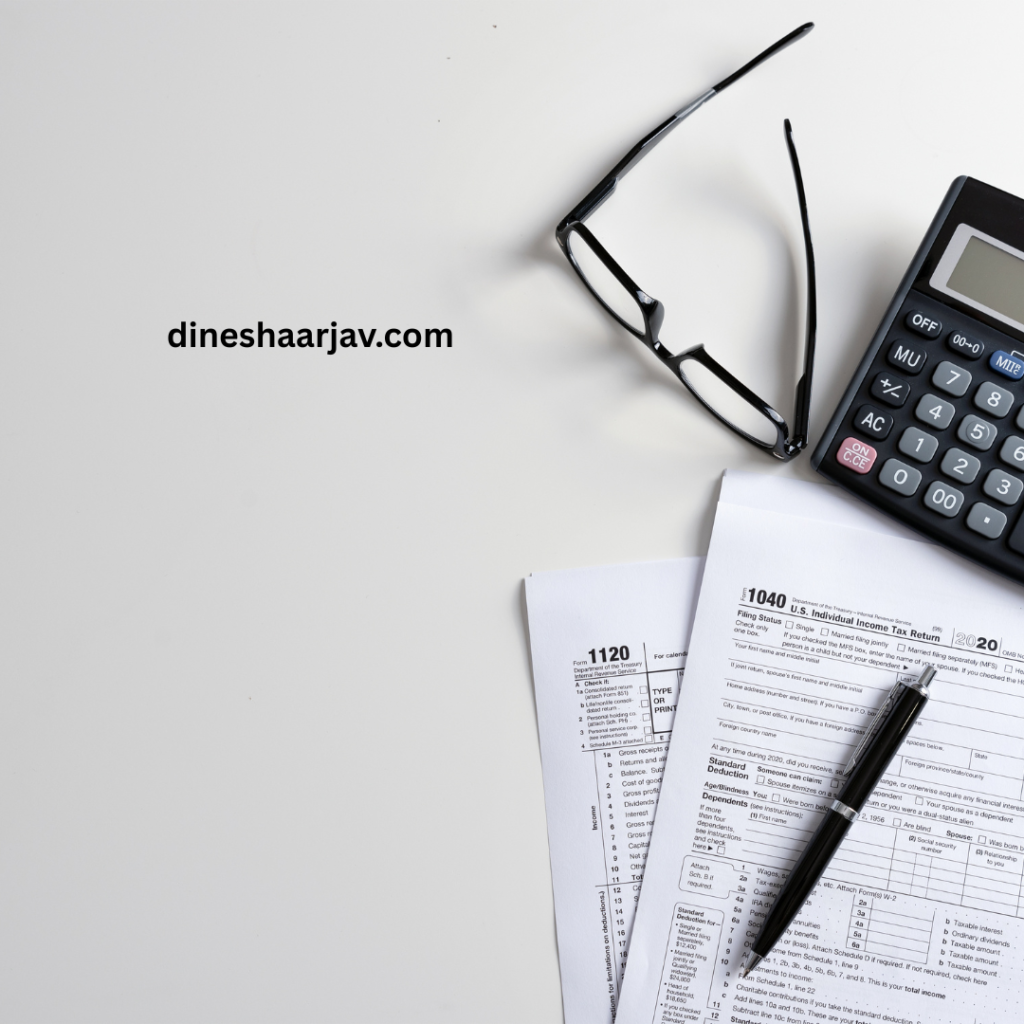Every year, millions of Canadians and residents must file a tax return to report their income, claim benefits, and stay compliant with the Canada Revenue Agency (CRA). Whether you are filing for the first time or looking to make your tax filing process more efficient, understanding the key steps and requirements is essential. This blog breaks down what you need to know about Canada tax return filing for 2025.
Why Filing Your Tax Return Matters
Filing a tax return is not just about paying taxes. It ensures you:
- Get access to important government benefits and credits (like the GST/HST credit, Canada Child Benefit, and climate action incentive).
- Receive refunds if you overpaid taxes through payroll deductions.
- Report your income properly to avoid future penalties or interest.
- Maintain eligibility for programs such as student loans or housing support.
In short, filing your return accurately and on time keeps your financial record with CRA in good standing.
Who Needs to File a Tax Return?
You should file a canada tax return for NRI if:
✅ You earned income (from employment, self-employment, pensions, investments, or rental properties).
✅ You want to claim a tax refund or benefit.
✅ You sold capital property or have taxable capital gains.
✅ You received COVID-19 benefits or other government support that requires tax reporting.
✅ You need to report foreign income or assets (in some cases).
Even if you earned no income, filing may entitle you to credits or future support payments.
Key Deadlines for the 2025 Tax Season
- April 30, 2025: Deadline for most individuals to file and pay any taxes owed.
- June 15, 2025: Filing deadline for self-employed individuals (but any balance owing is still due by April 30).
- March 3, 2025: Last day to contribute to your RRSP for the 2024 tax year (contributions made in the first 60 days count toward the previous year).
Missing these deadlines could result in penalties and interest charges, so mark your calendar early.
How to Prepare for Filing Your Return
To file efficiently, gather these documents:
📄 T4 slips (employment income)
📄 T4A slips (pension, retirement income, or contractor earnings)
📄 T5 slips (investment income)
📄 RRSP contribution receipts
📄 Medical expenses, tuition receipts, donation slips
📄 Records of business or self-employment income/expenses
📄 Foreign income details (if applicable)
Organizing your paperwork early helps avoid last-minute stress.
How Can You File?
Canada offers multiple filing methods:
1️⃣ NETFILE (online filing): CRA-certified tax software allows you to file securely and quickly. Refunds through NETFILE are typically processed faster.
2️⃣ Paper filing: If you prefer traditional methods, you can mail your return. Be sure to allow extra time for delivery and processing.
3️⃣ Tax professional: Many Canadians use accountants or tax consultants, especially if they have complex income situations (such as rental properties, small businesses, or foreign assets).
4️⃣ Free tax clinics: CRA runs programs where eligible individuals (with modest income and simple returns) can get help filing their taxes at no cost.
Common Tax Deductions and Credits to Consider
Don’t miss out on potential savings! When filing, look for:
💡 RRSP contribution deduction
💡 Tuition and education credits (for students)
💡 Childcare expense deduction
💡 Medical expense credit
💡 Disability tax credit
💡 Home office expenses (if you worked from home)
💡 Union dues and professional fees
Claiming these deductions and credits can significantly lower your tax bill or boost your refund.
After You File
Once you submit your tax return:
- CRA will issue a Notice of Assessment (NOA), summarizing your tax outcome and any changes made.
- You’ll receive your refund (if eligible) faster if you opted for direct deposit.
- If you owe taxes, it’s best to pay as soon as possible to avoid accumulating interest.
Always review your NOA to ensure everything is accurate.
Final Tips for Hassle-Free Tax Filing
✅ File on time — even if you can’t pay the full amount, as this avoids the late-filing penalty.
✅ Keep copies of your return and supporting documents for at least six years in case of an audit.
✅ Use CRA’s My Account service to track your return, view NOAs, and manage payments or installment plans.
✅ Plan ahead for next year — consider adjusting your payroll deductions or making regular RRSP contributions to optimize your tax position.
Conclusion
Canada tax return filing doesn’t have to be overwhelming. By staying informed, organized, and proactive, you can navigate the process with confidence and ensure you’re getting the benefits and credits you deserve. If your tax situation is complicated, it’s always wise to consult a qualified tax professional for guidance.

